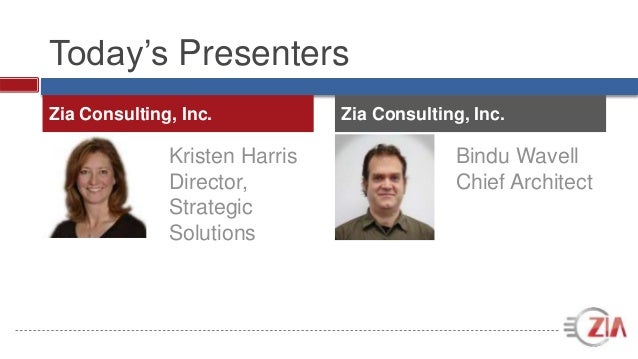


The documents are in a variety of formats and languages, and are created and leveraged by many different types of stakeholders from various parts of the company. As you can imagine, companies such as these deal with thousands of documents every day. All companies generate files that benefit from the kind of features document management provides such as check-in/check-out, versioning, metadata, security, full-text search, and workflow.Įxamples of classic document management are often found in manufacturing, packaged goods, or other companies with large research and development divisions. The market is so big because document management is a problem for everyone. Second, there is a huge market for systems that can manage unstructured content (aka "documents"). First, it allowed Alfresco to establish a strong foundation and then build upon that foundation by expanding into other areas of ECM, with WCM being the prime example. Alfresco focused on this smart area initially for two reasons. So rather than worrying about a concise definition of ECM, let's look at a few examples to illustrate how clients are using Alfresco today, particularly in Alfresco's sweet spots such as Document Management and Web Content Management.Īlfresco started its life as a document management repository with some basic services for document management. What's important to know from an Alfresco perspective is that Alfresco is a platform for doing all these things. For them, the "how" is more important than the "what". They will say that ECM is less about the technology and more about how you capture, organize, and share information across the entire enterprise. Practitioners have a different perspective. Most people will also include Collaboration, Search, and occasionally, Portals as well. Imaging: This includes capturing, tagging, and routing images of documents from scanners. Like DAM, RM starts with DM and adds functionality specific to the world of RM such as retention policies, records plans, and audit trails. Records Management ( RM): Managing content as a legal record. Like WCM, the intent is to streamline the production process. You can think of this as DM with added functionality specific to the needs of working with rich media such as thumbnailing, transcoding, and editing. The key theme of WCM is to reduce the "web developer" bottleneck and empower non-technical content owners to publish their own content.ĭigital Asset Management ( DAM): Managing graphics, video, and audio.

Web Content Management ( WCM): Managing files and content specifically intended to be delivered to the Web. These files are typically produced from office productivity software, but the scope of the files being managed is unlimited. This book will give you the knowledge and confidence you need to make Alfresco do what you need it to doĭocument Management ( DM): Capturing, organizing, and sharing binary files. You'll be prepared to make your own customizations whether they are part of a Document Management solution, a web site that uses Alfresco for content storage, or an entire custom application built on Alfresco's REST API. By the time you've worked through the entire book, you will be familiar with the entire platform.
#Alfresco 5.1 new features how to
We will show you how to extend Alfresco to meet these requirements.

Each department has a set of requirements that need addressed. This book takes you through a set of exercises as if you were rolling out and customizing the platform for a fictional organization called SomeCo, which wants to roll out Alfresco enterprise-wide. These extensions are done using some combination of Java, JavaScript, XML, and FreeMarker. Implementing Alfresco usually involves extending the repository to accommodate your business-specific metadata and business logic. The repository is surrounded by a services layer (supporting both SOAP and REST) that makes getting content into and out of the repository a breeze, which is why so many next generation Internet solutions are built on Alfresco. At its core is a repository for rich content like documents, web assets, XML, and multimedia. ECM includes things like Document Management, Web Content Management, Collaboration/Enterprise 2.0, Digital Asset Management, Records Management, and Imaging. Alfresco is an open source platform for Enterprise Content Management (ECM) solutions.


 0 kommentar(er)
0 kommentar(er)
